LibraryAstronomy & Space Science
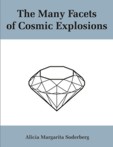
Over the past few years, long-duration gamma-ray bursts (GRBs), including the subclass of X-ray flashes (XRFs), have been revealed to be a rare variety of Type Ibc supernova (SN Ibc). While all these events result from the death of massive stars, the electromagnetic luminosities of GRBs and XRFs exceed those of ...
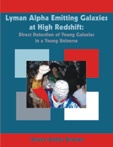
As late as 1995, the anticipated widespread population of primeval galaxies remained at large, lurking undetected at unknown redshifts, with undiscovered properties. We present results from our efforts to detect and characterize primeval galaxies by their signature high-redshift Lyman-alpha emission lines utilizing ...

The various possibilities for the origin ("progenitors") of gamma-ray bursts (GRBs) manifest in differing observable properties. Through deep spectroscopic and high-resolution imaging observations of some GRB hosts, I demonstrate that well-localized long-duration GRBs are connected with otherwise normal ...
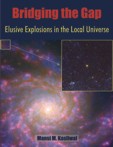
For centuries, we have known that our dynamic universe is adorned by cosmic fireworks: energetic and ephemeral beacons of light from a single star that are a million (nova) to a billion (supernova) times brighter than our sun. However, it had been an age-old conundrum that the brightest nova is approximately 1000 ...

The diversity of stellar death is revealed in the energy, velocity and geometry of the explosion debris ("ejecta''). Using multi-wavelength observations of gamma-ray burst (GRB) afterglows I show that GRBs, arising from the death of massive stars, are marked by relativistic, collimated ejecta ("jets'') with a wide ...
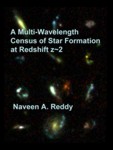
We examine the census of star-forming galaxies and their extinction properties at redshift z~2, when a large fraction of the stellar mass in the universe formed. We find a good agreement between the X-ray, radio, and de-reddened UV estimates of the average star formation rate (SFR) for our sample of z~2 galaxies ...

Neutron stars are invaluable tools for exploring stellar death, the physics of ultra-dense matter, and the effects of extremely strong magnetic fields. The observed population of neutron stars is dominated by the >1000 radio pulsars, but there are distinct sub-populations that, while fewer in number, can have ...
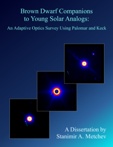
We present results from an adaptive optics survey conducted with the Palomar and Keck telescopes over 3 years, which measured the frequency of stellar and sub-stellar companions to Sun-like stars. The survey sample contains 266 stars in the 3-10000 million year age range at heliocentric distances between 8 and ...

The dissertation presents the results of a multi-epoch very long baseline interferometric study of water masers located in the extended atmospheres of evolved stars. The research was performed using the Very Long Baseline Array and Very Large Array of the National Radio Astronomy Observatory. Optical monitoring of the ...
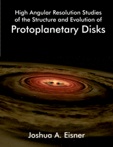
Young stars are surrounded by massive, rotating disks of dust and gas, which supply a reservoir of material that may be incorporated into planets or accreted onto the central star. In this dissertation, I use high angular resolution observations at a range of wavelengths to understand the structure, ubiquity, ...
